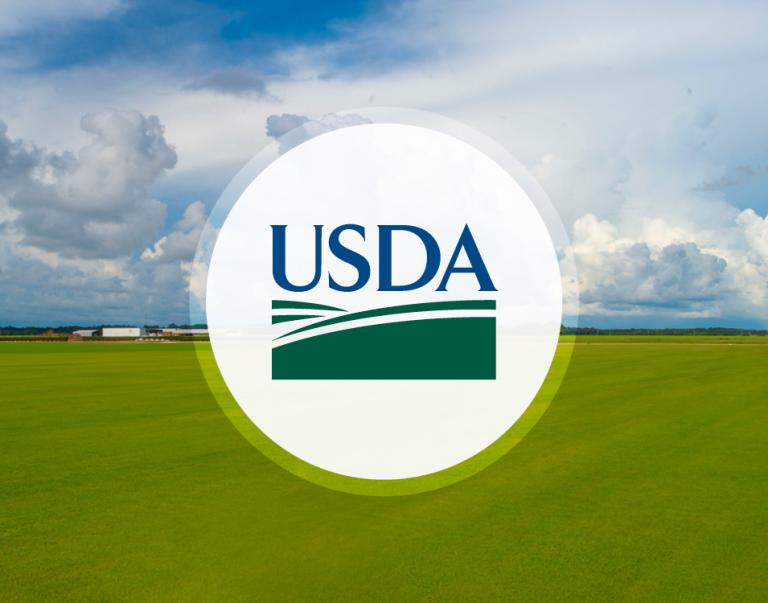Chapter 7: Quantifying Greenhouse Gas Sources and Sinks from Land-Use Change

This chapter provides methodologies and guidance on estimating the net greenhouse gas (GHG) flux resulting from changes between land-use types—i.e., conversions into and out of cropland, wetland, grazing land, or forestland—at the entity scale:
- Annual change in biomass carbon stocks due to land conversion
- Annual change in carbon stocks in dead wood and litter due to land conversion
- Change in soil organic carbon stocks for mineral soils and organic soils due to land-use conversion
In many cases, the methods for estimating GHG flux resulting from land-use change are the same as those used to estimate carbon stock changes in the chapters on cropland and grazing land, forestry, and wetlands (chapters 3, 5, and 6 respectively). This chapter provides more guidance on those methods; in some cases, it also provides guidance on reconciling carbon stock estimates between discrete data sets and estimation methods (e.g., reconciling forest soil carbon estimates and cropland soil carbon estimates for land-use change from forest land to cropland).
Chapter Lead Author
Stephen M. Ogle, Colorado State University
Ogle, S.M. 2024. Chapter 7: Quantifying greenhouse gas sources and sinks from land-use change. In Hanson, W.L., C. Itle, K. Edquist. (eds.). Quantifying greenhouse gas fluxes in agriculture and forestry: Methods for entity-scale inventory. Technical Bulletin Number 1939, 2nd edition. Washington, DC: U.S. Department of Agriculture, Office of the Chief Economist.


